I am new to hobby level PCB's, but looking at taking my projects to the next step moving from breadboard. The part I do not know how to do, or see on tutorials is how do I take a single 5V line (or any voltage line), and distribute it across multiple devices/sensors.
So for example, I have a single regulated 5V line (coming from a 12V to 5V converter), and I want to send it to the PCB, and then from the PCB I want to take the 5V line and send it to my arduino (5V GPIO in), Rasperry Pi (5V GPIO in), and a couple other devices.
Do I solder across joints, seems like asking for trouble? Is there a component, or techinque for doing this?
